The Associated Press (AP) has documented and mapped 72 mass graves, the most comprehensive survey of its type carried out, with many more expected to be uncovered as ISIS's territory shrinks.
In Syria alone, AP has obtained locations for 17 mass graves, including one with the bodies of hundreds of members of a single tribe all but exterminated when ISIS extremists took over their region.
For at least 16 of the Iraqi graves, most in territory too dangerous to excavate, officials dare not even guess the number of dead.
In others, the estimates are based on memories of traumatized survivors, ISIS propaganda and what can be gleaned from a cursory look at the earth.
Still, even the known victims buried are believed to total more than 15,000.
Aerial photos also offer the clearest look yet at massacre sites such as the one at Badoush Prison in Mosul, northern Iraq that left 600 male inmates dead.
A patch of scraped earth and tire tracks show the likely killing site, according to pictures obtained by the imagery intelligence firm AllSource Analysis.
One prisoner, who only survived by playing dead, revealed how ISIS butchers forced hundreds to kneel on the edge of a ravine and started shooting with a machine gun.
After the firing stopped, one fanatic said "we're going to eat well tonight".
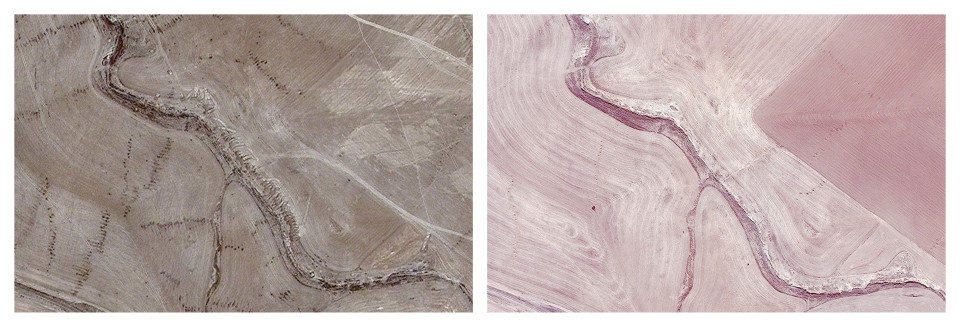
The bodies of Talal Murat's father, uncles and cousins lie beneath the rubble of the family farm, awaiting a time when it is safe for surviving relatives to return to the place where the men were gunned down.
On Sinjar's other flank, Rasho Qassim drives daily past the graves holding the bodies of his two sons. The road is in territory long since seized back, but the five sites are untouched, roped off and awaiting the money or the political will for excavation, as the evidence they contain is scoured away by the wind and baked by the sun.
"We want to take them out of here. There are only bones left. But they said 'No, they have to stay there, a committee will come and exhume them later,'" said Qassim, standing at the edge of the flimsy fence surrounding one site, where his two sons are buried.
"It has been two years but nobody has come."
ISIS made no attempt to hide its atrocities. In fact it boasted of them.
But proving what United Nations officials and others have described as an ongoing genocide and prosecuting those behind it will be complicated as the graves deteriorate.
"We see clear evidence of the intent to destroy the Yazidi people," said Naomi Kikoler, who recently visited the region for the Holocaust Museum in Washington, D.C.
"There's been virtually no effort to systematically document the crimes perpetrated, to preserve the evidence, and to ensure that mass graves are identified and protected."
Then there are the graves still out of reach. The Islamic State group's atrocities extend well outside the Yazidi region in northern Iraq.
Satellites offer the clearest look at massacres such as the one at Badoush Prison in June 2014 that left 600 male inmates dead.
A patch of scraped earth and tire tracks show the likely killing site, according to exclusive photos obtained by the imagery intelligence firm AllSource Analysis.
Of the 72 mass graves documented by AP, the smallest contains three bodies; the largest is believed to hold thousands, but no one knows for sure.
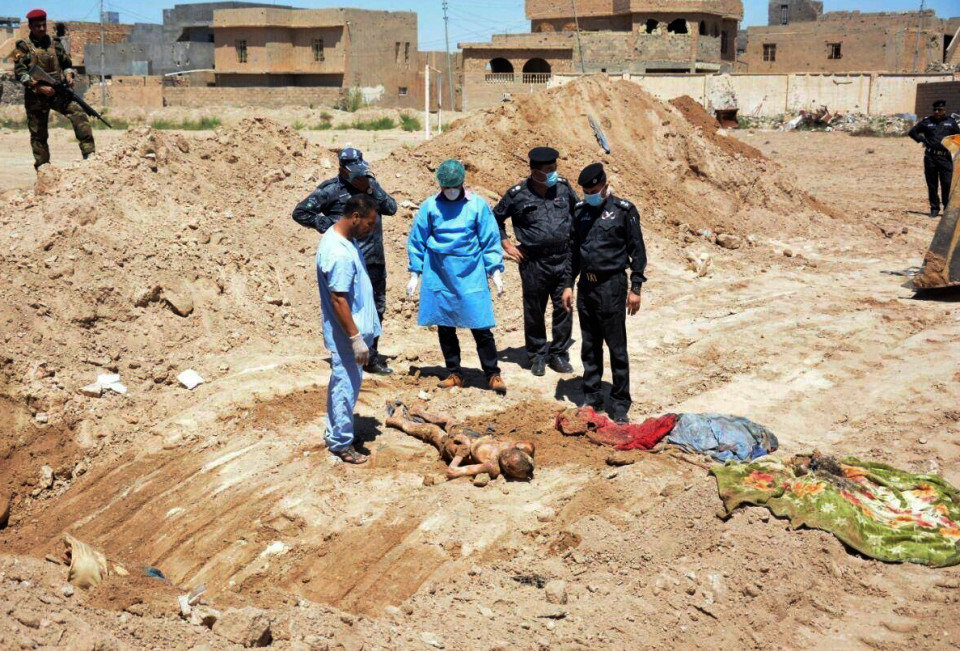
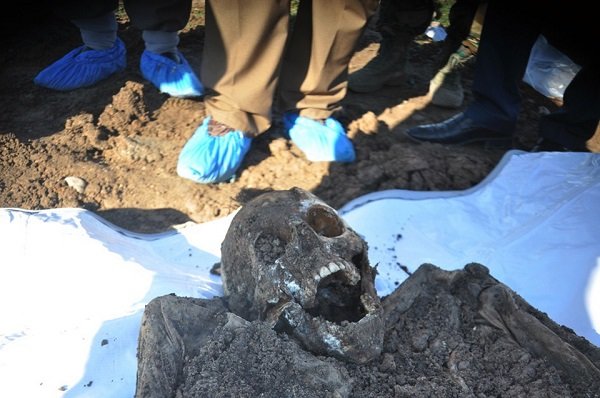
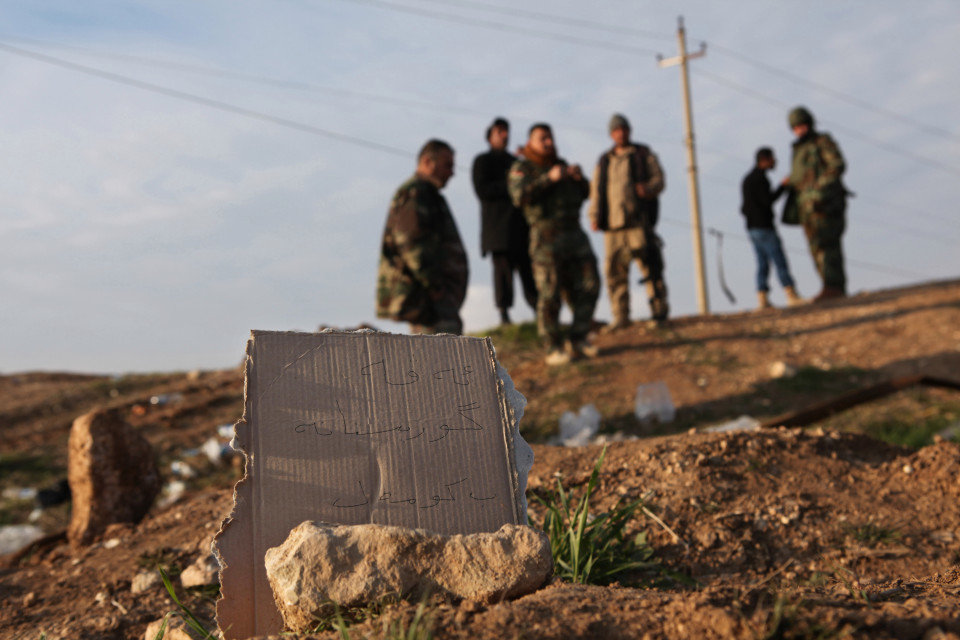
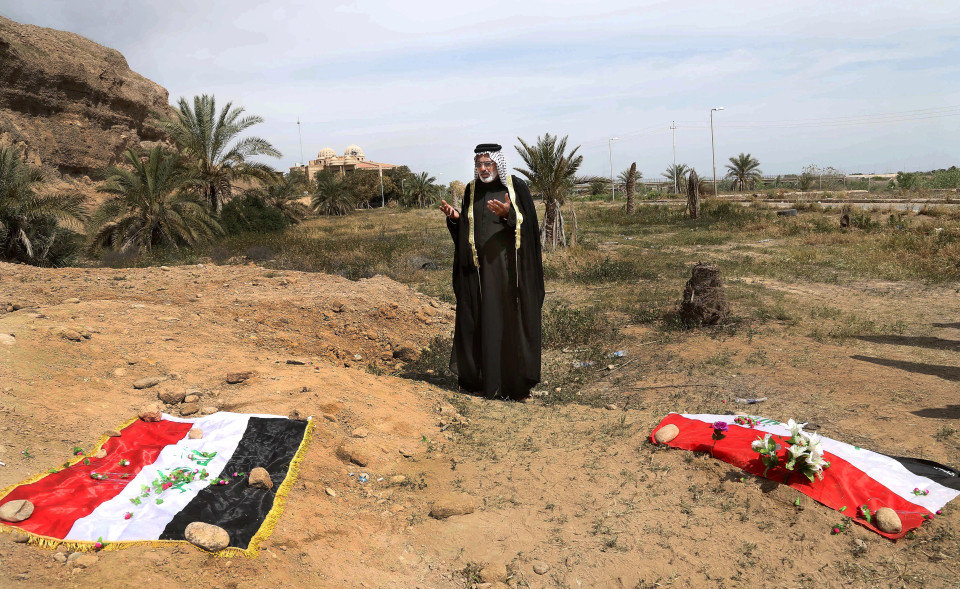



Reader Comments
to our Newsletter